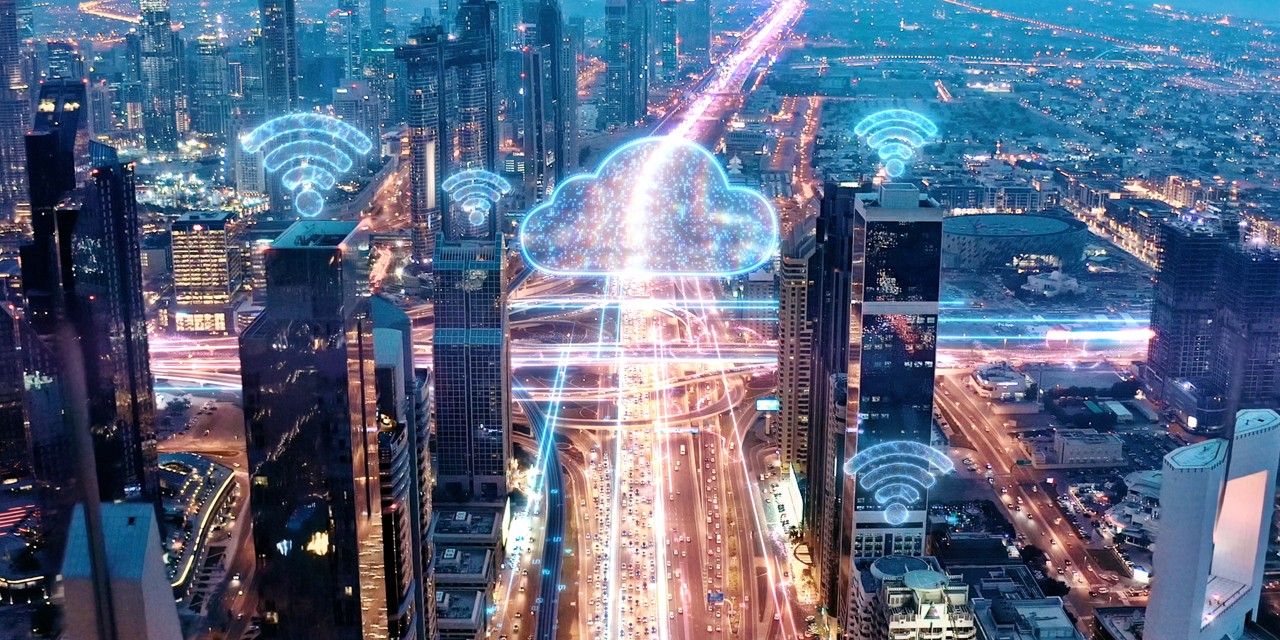5G technologies | AGCS – Allianz Global Corporate & Specialty

As well as unlocking vast potential, the 5G rollout will introduce significant new risks, meaning the risk profile of companies using or providing 5G goods and services will change. Businesses will have to adapt to an ongoing technological revolution which presents many unknowns. Unforeseen consequences, real or perceived, are a hazard – as was seen in January 2022, when concerns over the effects of 5G technology on aviation systems disrupted airlines in the US, or in April 2020, when conspiracy theorists in the UK vandalized phone masts in the mistaken belief they were linked to the Covid-19 outbreak.
Unlike previous generations, the 5G network will be a software defined network and ‘virtualized’, meaning many functions that once relied on hardware will now be virtual software capabilities, with attendant software-related security issues. As the amount of interconnected devices, networks, services, and mobile data increases, so will the potential attack surface.
The interconnected nature of the 5G network, with its infrastructure, service providers and users, also magnifies the issue of supply chain security and business interruption losses should something go wrong.
“The high dependencies in the overall concept, from the companies that provide the 5G-enabled technological solutions to those that buy and use them, is the critical issue here,” says Oliver Lauxmann, Global Practice Group Leader, Chief Underwriting Office – Liability, at AGCS. “One of the most important features of 5G, with its speed and low latency, is that it offers solutions in real time, 24/7. So if there’s any interruption in the chain it could have a direct impact on the processes that follow, not only for a specific client, but potentially on a regional or even global level.”
These solutions could be deployed in mission-critical systems within first response services, transport, healthcare, and energy provision, where low latency or interference could have near-instant knock-on effects, with catastrophic consequences.
This article has been archived for your research. Find the original article here.


